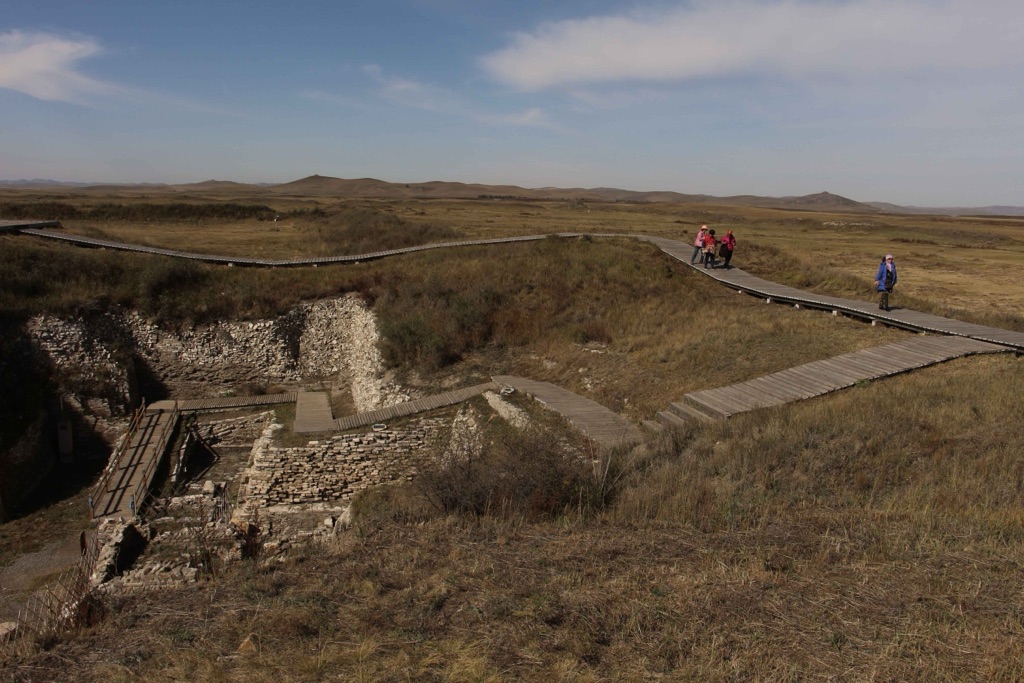Shangdu (Xanadu): A City of Splendor and Legacy
Shangdu, also known as Xanadu, was the summer capital of Kublai Khan’s Yuan dynasty in China. Founded in 1256, it was a grand city famed for its opulence and magnificence. Immortalized by Marco Polo and Samuel Taylor Coleridge, Shangdu’s legacy continues to inspire. The site is located in what is now Inner Mongolia, and it was here that Kublai Khan established a base for his conquest of China. Designed by the Chinese architect Liu Bingzhong, Shangdu served not only as a summer retreat but also as a powerful symbol of the Yuan dynasty.
Get your dose of History via Email

Historical Background of Shangdu (Xanadu)
Shangdu wasn’t always abandoned. While historical records suggest its importance as the primary summer capital may have waned in the later Yuan dynasty, it likely remained a summer residence for some of Kublai Khan’s successors. The city was a center of opulence and grandeur, hosting foreign dignitaries and serving as a venue for state affairs.
Archaeological efforts in the 20th century, aided by historical records including those by Marco Polo, identified the ruins of Shangdu. Kublai Khan, the grandson of Genghis Khan, had ordered its construction in 1256. The city was built by Liu Bingzhong, a Han Chinese architect and official under the Yuan dynasty.
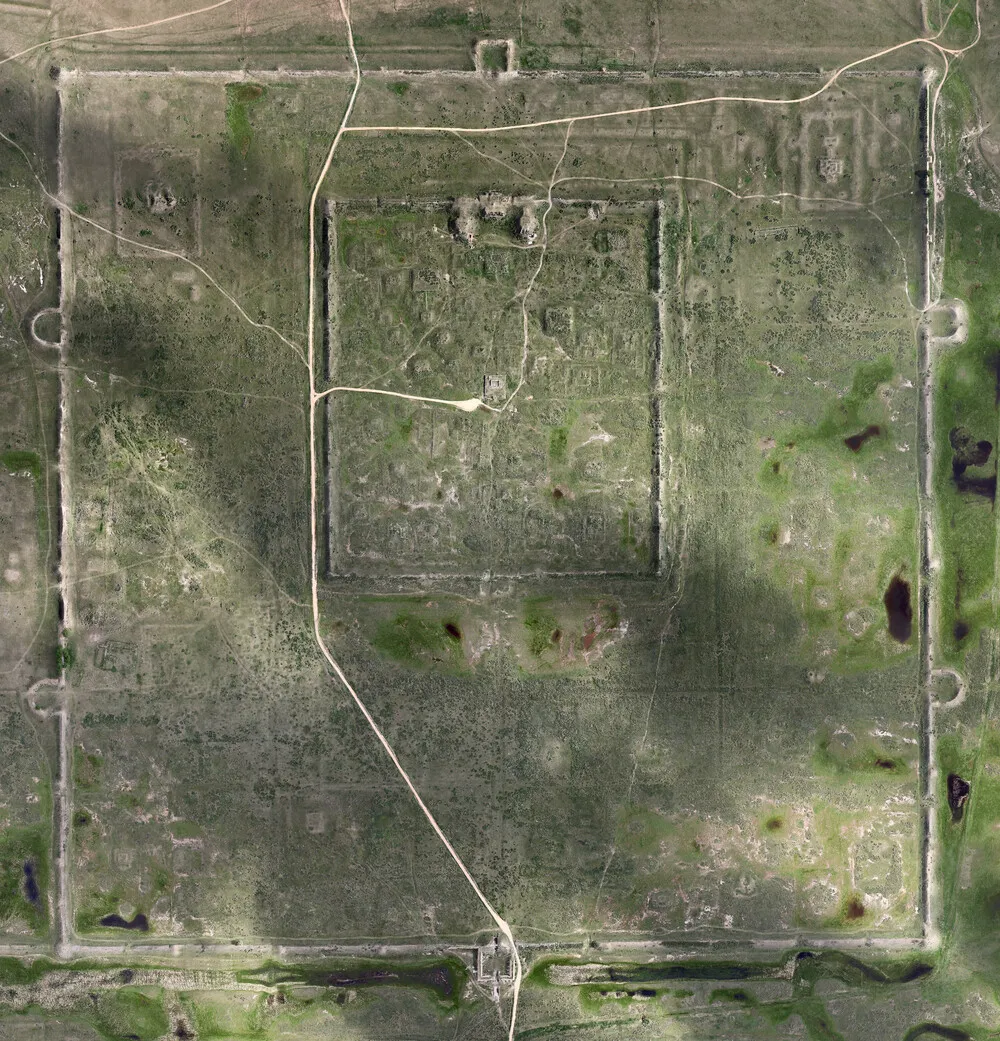
Decline and Legacy
Following the fall of the Yuan dynasty in 1368, Shangdu was eventually abandoned and fell into ruin. The Ming army, under the command of Zhu Yuanzhang, took over the city and even destroyed some of its buildings, repurposing the materials. Over time, the elements took their toll, and Shangdu’s memory lived on mainly through written accounts and artistic depictions.
Today, the ruins of Shangdu stand as a UNESCO World Heritage Site, offering a window into the past and the cultural exchanges between the nomadic Mongols and the Chinese civilization they ruled.
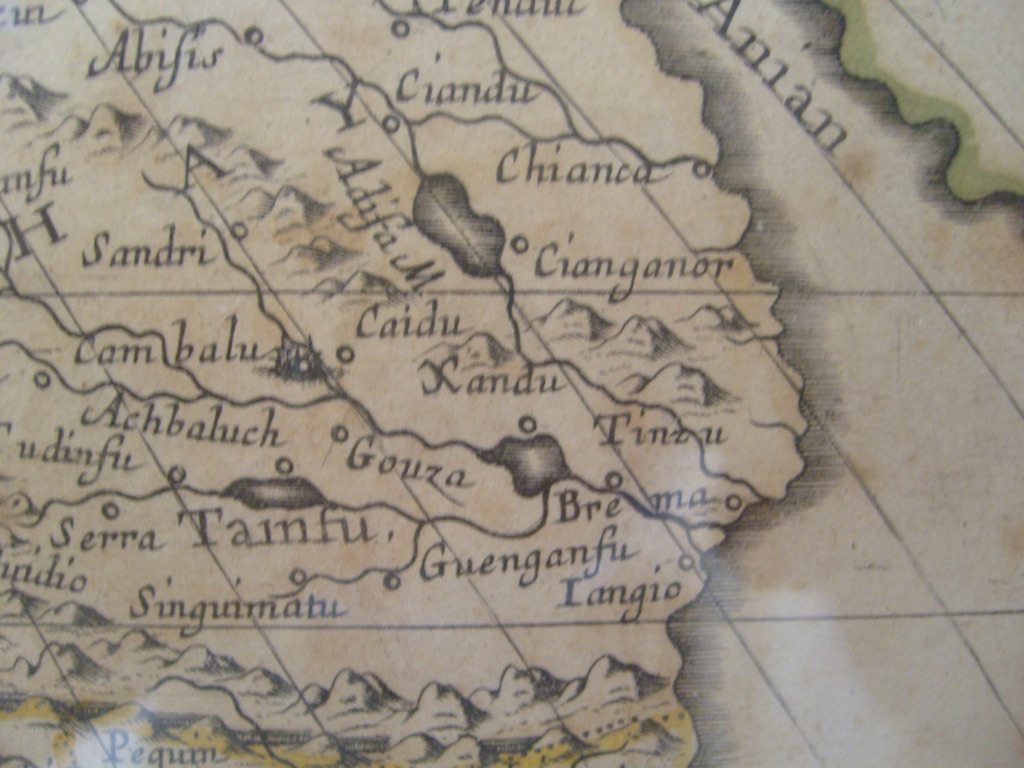
Design and Layout
The city’s layout was strategically designed to blend the Mongolian nomadic lifestyle with Chinese urban design. It was divided into two distinct sections:
- Outer City: This area was open to traders, visitors, and served as a bustling marketplace.
- Inner City: Reserved for the imperial court, this area housed palaces, temples, and gardens, reflecting the fusion of different cultural influences.
The overall design employed a square shape with walls stretching 2,200 meters on each side. A sophisticated grid pattern provided a framework for the various functional sections of the city. Construction materials included timber, earth, and stone, commonly used in Chinese architecture of the period.
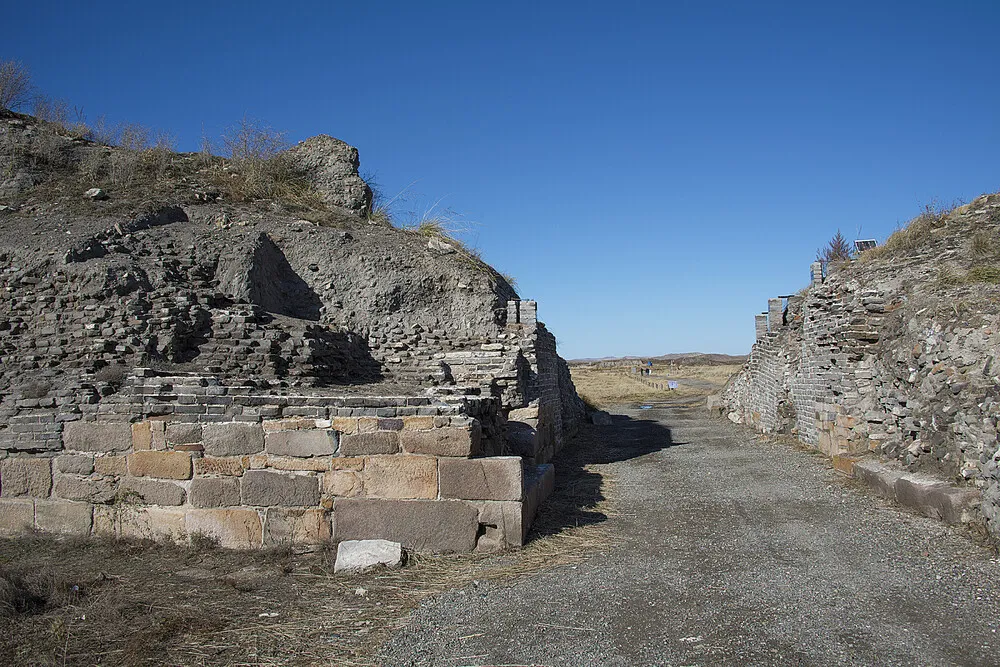
Architectural Highlights
Several structures embodied Shangdu’s grandeur and architectural innovation:
- Imperial Palace: Located within the inner city and separated from the outer areas by walls, the palace served as the residence of the emperor and his court.
- Temples: Reflecting the religious tolerance of the Yuan dynasty, Shangdu housed temples dedicated to various religions.
- Parks and Gardens: Designed to evoke the natural landscapes of Mongolia, these green spaces offered a tranquil escape within the city walls.
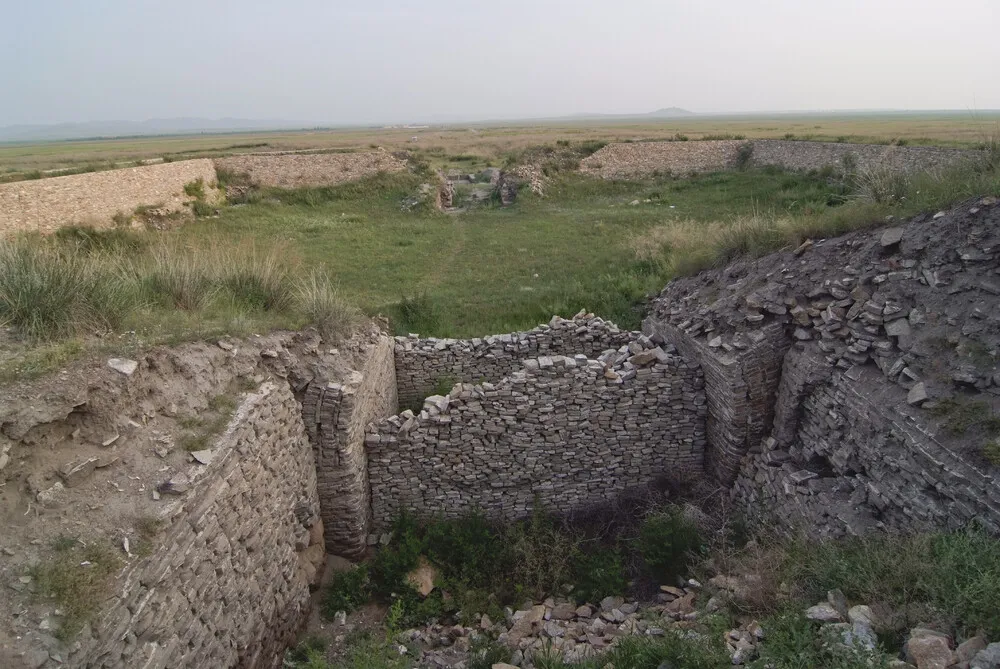
Infrastructure and Planning
Shangdu boasted an advanced infrastructure system for its time:
- Water Supply System: An efficient network ensured access to irrigation and drinking water for the city’s inhabitants.
- Drainage System: A complex network of canals and drains prevented flooding during the rainy season, a crucial element for maintaining the city’s well-being.
- Feng Shui Influence: Traditional Chinese principles of feng shui, which aimed to create harmony between humans and their environment, guided the placement of buildings and the use of space within the city walls.
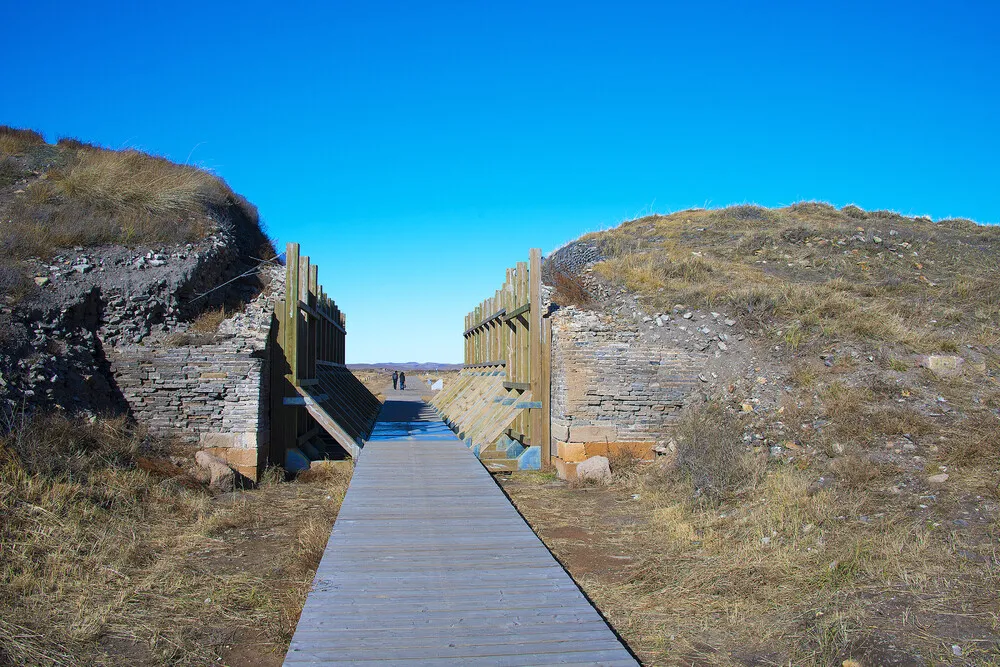
Legacy of Shangdu
Despite its eventual abandonment, Shangdu’s ruins stand as a testament to the architectural prowess of the Yuan dynasty. The remaining structures and layout offer a window into the past, showcasing the unique blend of Mongolian and Chinese influences that characterized the era. Shangdu’s historical importance extends beyond its physical structures. It served as a melting pot of religions and cultures, influencing later Chinese city planning and development.

Shangdu’s grandeur continues to spark debate and intrigue among historians and archaeologists. Here’s a look at some of the prevailing theories and interpretations surrounding the city’s purpose, design, and eventual decline:
-
Symbol of Power: Some scholars believe Shangdu was deliberately constructed to solidify Kublai Khan’s hold on power. The city’s grand design served as a physical manifestation of his authority and the fusion of Mongolian nomadic culture with the established Chinese civilization.
-
Reasons for Decline: The reasons behind Shangdu’s abandonment remain a subject of debate. One theory suggests the city’s location, with its harsh climate and distance from major centers, may not have been ideal for long-term occupation. Maintaining a grand capital in such a remote area could have posed logistical challenges.
-
Marco Polo’s Accounts: The detailed descriptions left by Marco Polo have proven invaluable in piecing together Shangdu’s history and understanding its significance during the Yuan dynasty. These accounts continue to be a reference point for historians studying the city’s design and layout.
-
Dating Techniques: Archaeological excavations and analysis of historical texts have provided a timeline for Shangdu’s construction, use, and eventual decline. These techniques continue to refine our understanding of the city’s history.
-
Cultural Exchange: Many scholars view Shangdu as a testament to the cultural exchange that occurred between the Mongols and the Chinese people under Yuan rule. Evidence of this exchange can be seen in the city’s architecture, artifacts unearthed at the site, and the presence of diverse religious practices within its walls.
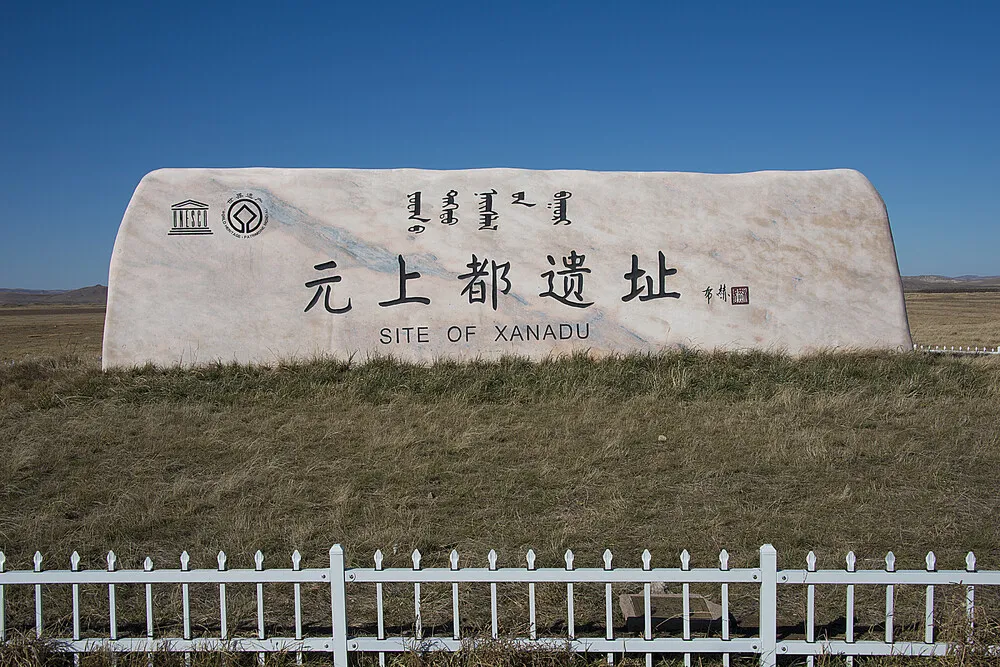
At a glance
Country: China
Civilization: Yuan dynasty (Mongol Empire)
Age: Founded in 1256 AD
Conclusion and Sources
Reputable sources used in creating this article:
- Wikipedia – https://en.wikipedia.org/wiki/Shangdu
- Britannica – https://www.britannica.com/place/Shangdu
- World History Encyclopedia – https://www.worldhistory.org/Xanadu/
- UNESCO World Heritage Centre – https://whc.unesco.org/en/list/1389/


